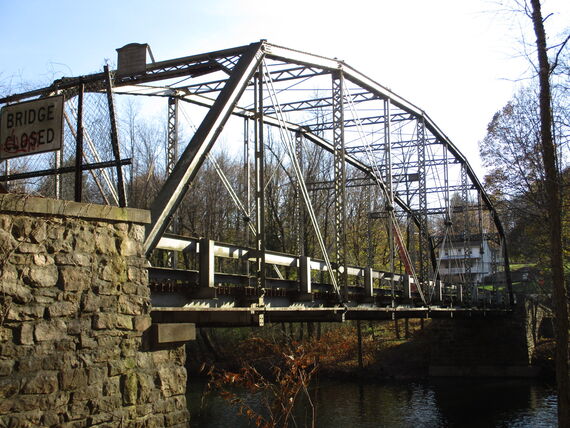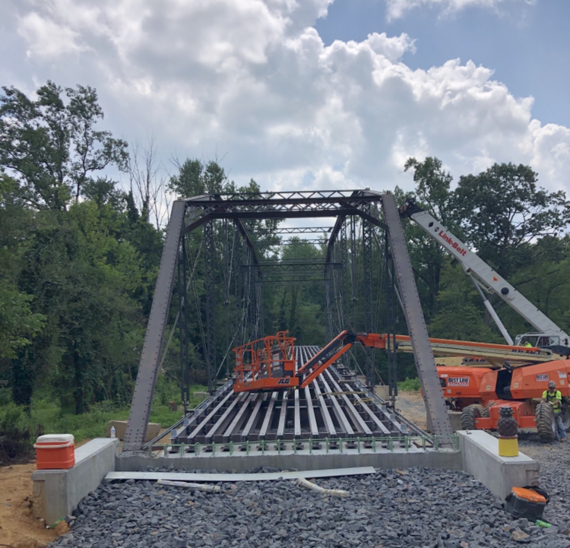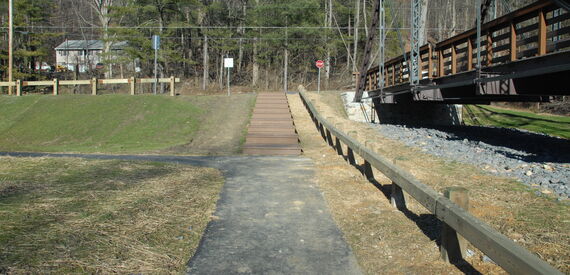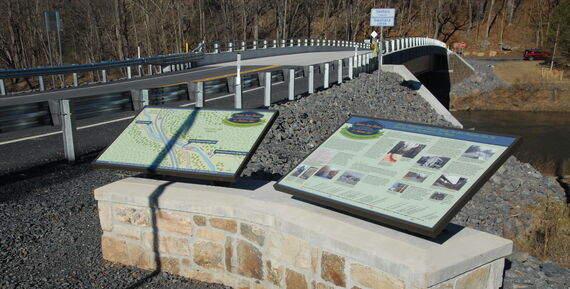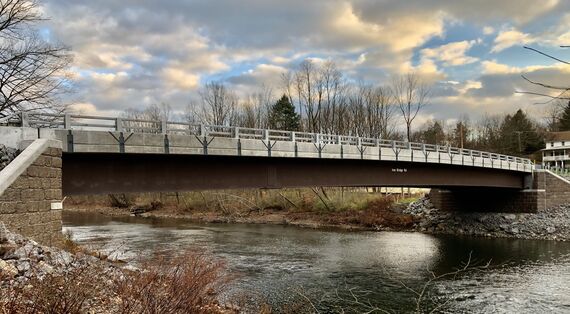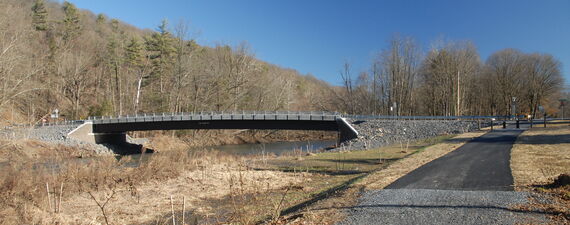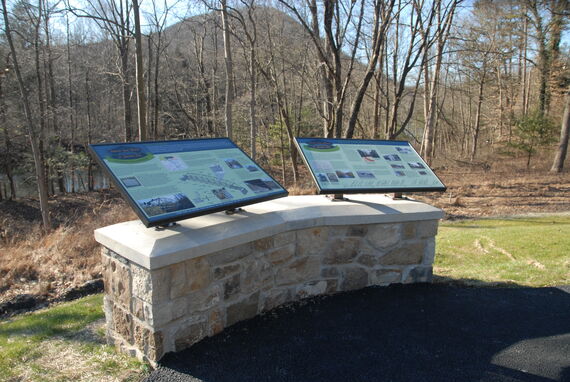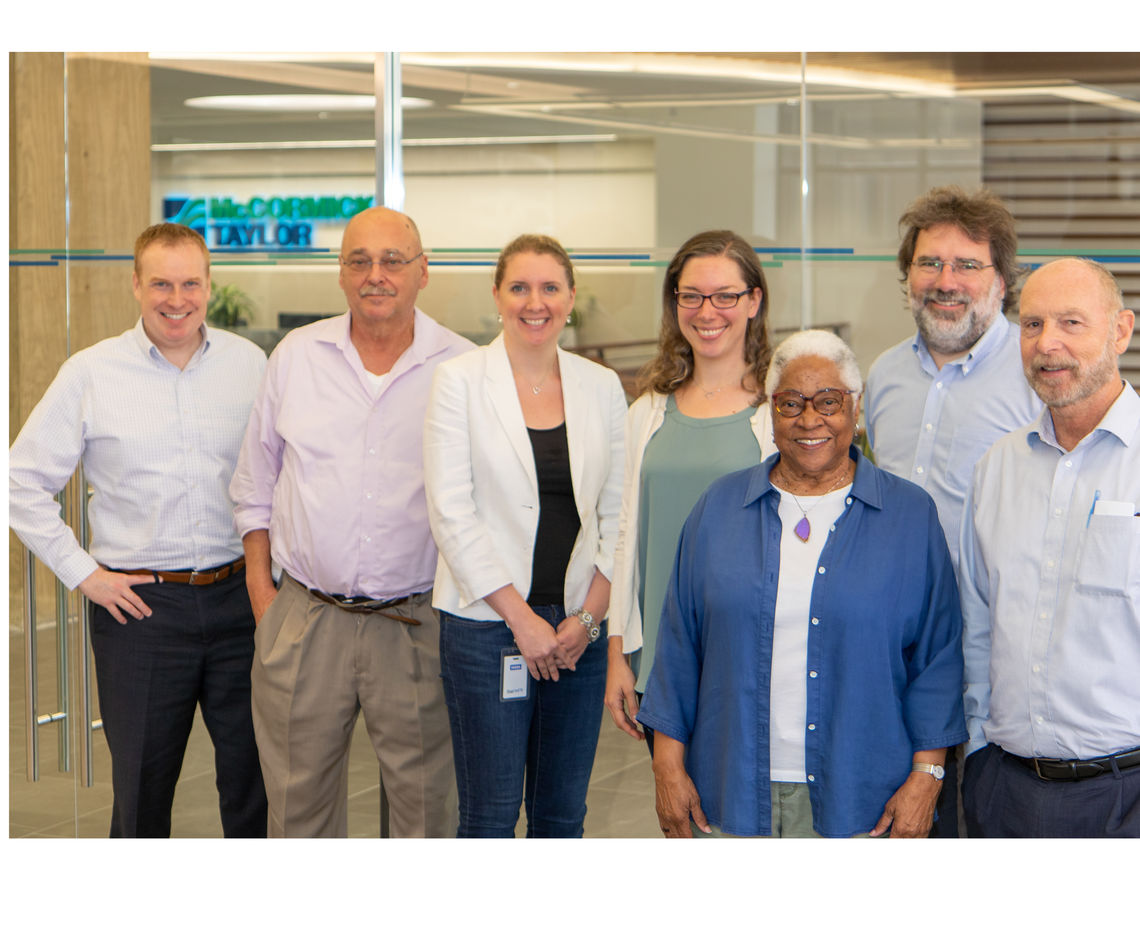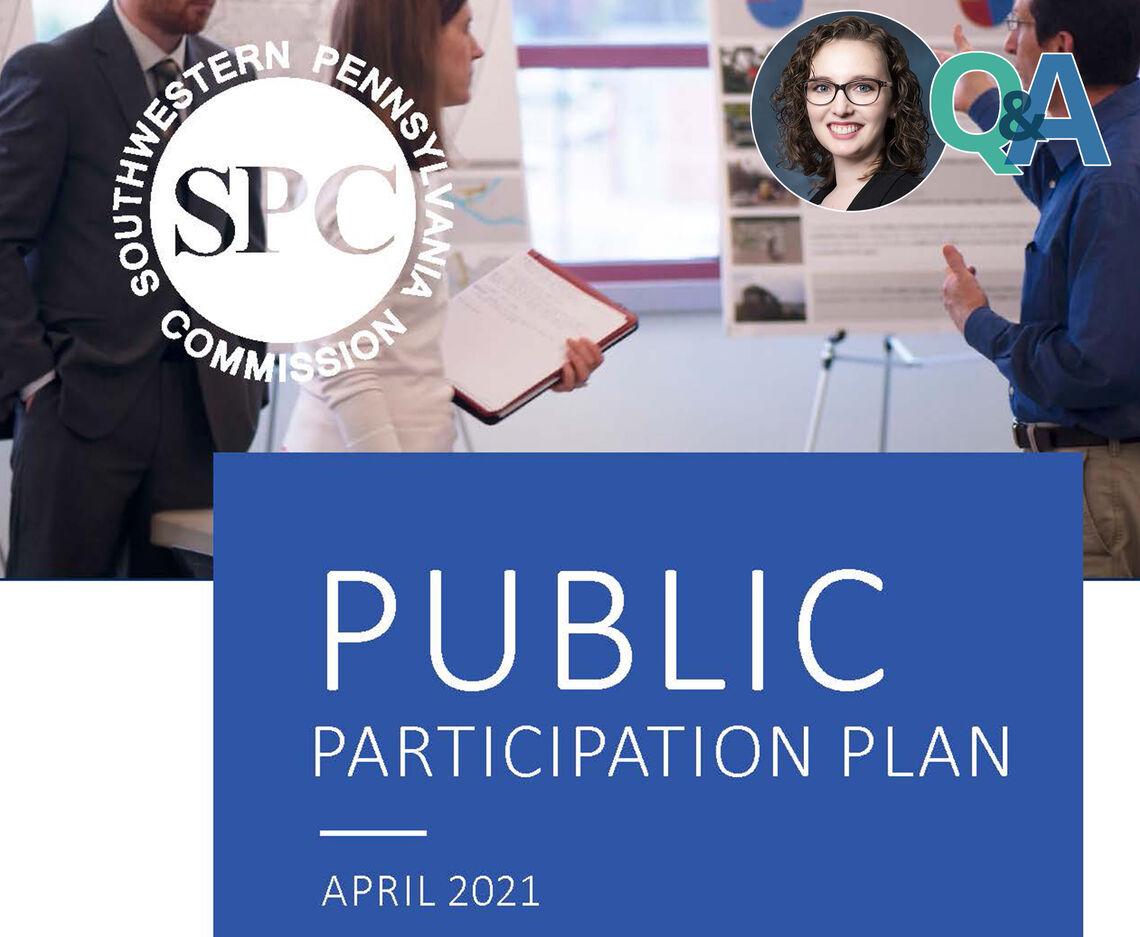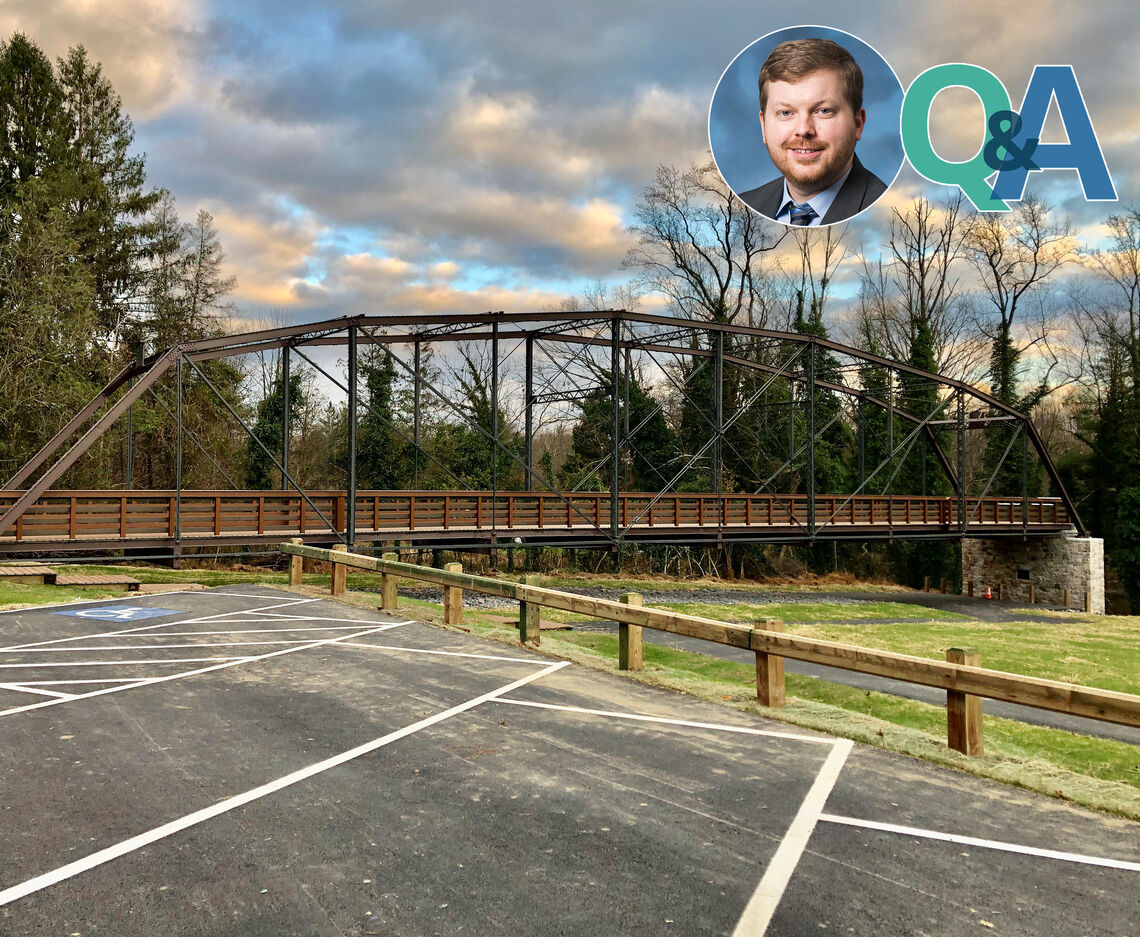
ASK A PROJECT MANAGER: INWOOD IRON BRIDGE TRUSS REHABILITATION AND REPLACEMENT
The single-span, pin-connected Pennsylvania steel thru truss Inwood Iron Bridge (c. 1899) that carried T-575 (Iron Bridge Road) over Swatara Creek in Union and Swatara Townships, Lebanon County, PA is historically significant as one of the oldest surviving Pennsylvania thru truss highway bridges in the state. The bridge is eligible for the National Register of Historic Places (NRHP).
We sat down with Brandon Newpher, PE, who served as the Structural Engineer for the historic truss rehabilitation and relocation, to learn more about this project.
Tell us a little bit about what the project is and who it benefits.
This historic county-owned bridge was closed to traffic in 2005 due to significant damage and deterioration. The closure created a safety issue for the flood-prone Monroe Valley community. With the bridge closed, there was only one remaining route for the community downstream, which itself often flooded. The purpose of this project was to re-establish and maintain the T-575 crossing of Swatara Creek.
Relocating Inwood Iron Bridge allowed it to be restored and opened for public use in a new park just downstream. Through effective partnering between federal, state, county, and local agencies, this project provided a long-term solution for preserving the historic resource while reestablishing a safe and reliable crossing.
What about the project highlights McCormick Taylor’s talents?
The project is located within Swatara State Park, and the Swatara Rail Trail (SRT) crosses the southern approach of T-575. Extensive coordination with PA DCNR was required during the design and construction for right-of-way, tree removal and salvaging, riparian restoration, coordination of trail/pedestrian traffic maintenance during construction, aesthetic treatments, and development of informational kiosks. Additionally, Swatara Creek is designated as a water trail, requiring a PFBC Aids to Navigation Plan and portage route to ensure boater safety. Other non-typical agency involvement included the PHMC for the historic truss bridge, the Federal Government for the government-owned Appalachian National Trail Lands, the PA DEP to secure a Submerged Lands License Agreement, and the PA DCNR - Bureau of Topographic and Geologic Survey for onsite inspection during construction of exposed bedrock geology associated with the I-81/Swatara Gap Fossil Site. Coordination was also conducted with the Appalachian Trail Conservancy due to the trail’s interconnection with SRT. In all, 17 individual commitments were implemented as part of the project.
Have you come across any challenges or concerns while working on this project?
In a project filled with challenging design problems, my personal top concern was always the level of deterioration on the truss members that were not accessible during design. These would include many of the main load-carrying eyebars and top chord members of the truss as they were very tightly packed pin connections that cannot be inspected until the truss is fully disassembled. These obscured surfaces had not been visible since the truss was originally erected in 1899 so we had to plan to find hidden deterioration during construction.
Does the project have any unique aspects?
To provide a comprehensive preservation, repairs and in-kind replacement members were reassembled using new hot driven rivets, which replaced original rivets removed during disassembly. Hot driven rivets are a renewed application of old technology; modern transportation structures have abandoned rivets in preference for high strength bolts and welding. Historic structure rehabilitations commonly use tension control (button head) bolts to emulate the appearance of rivets. This practice is acceptable when clearances for placement and the tightening of the bolts can be provided as well as when the number of replacement fasteners can be kept to a minimum so as not to distract from the historic appearance. Because of the large number of repairs and the in-kind member replacements required many rivets to be replaced, it became feasible to replace the existing rivets with new hot driven rivets.
The original stone masonry from the existing truss abutments was salvaged, cleaned, cut, and applied as stone facing to the new abutments for the relocated truss. This same stone was incorporated into the informational kiosks located at both the existing crossing and the new truss relocation site.
What’s your favorite part of the project?
My favorite part was the close coordination that occurred throughout the design and construction phases between the design team and the reviewing agencies and then between the design team and the contractor. Many unforeseen conditions and complex construction hurdles were overcome in a timely fashion through open communication and discussion. The level of communication in this project was above and beyond what I have seen in many other construction projects and I think was the biggest key in having a successful project.
Are there any social, economic, or sustainable development aspects?
The reestablishment of the crossing with a new modern bridge provides a cohesive connection between SR 0072 and T-473 and improves the accessibility to the Monroe Valley community and Swatara State Park. Establishing a new park-like setting for the Inwood Iron Bridge creates a long-term preservation solution for the bridge and provides a new attraction within the community. Repurposing of the bridge preserves engineering history for current and future generations to view, learn, and enjoy.
